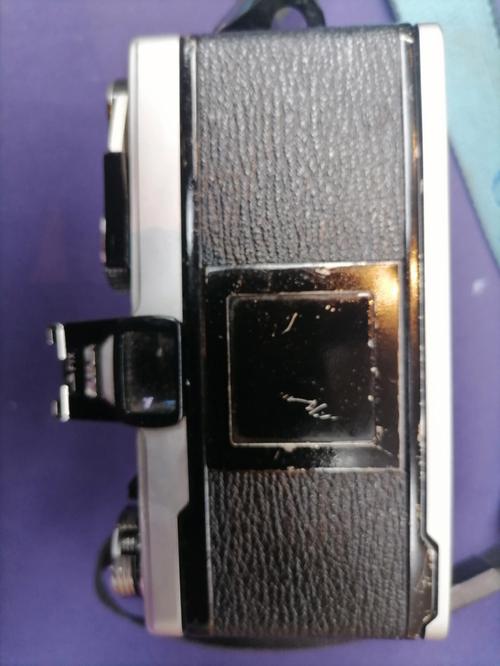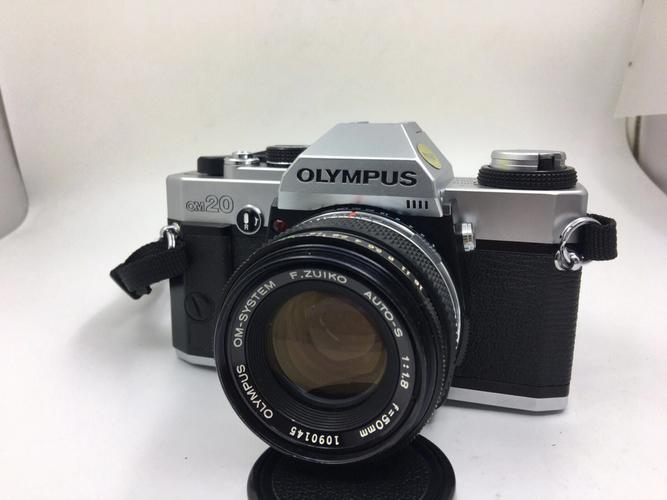Olympus OM Manual Lenses: A Comprehensive Guide
When it comes to photography, the choice of lenses can significantly impact the quality of your images. Olympus OM manual lenses have been a staple in the photography community for decades, known for their exceptional build quality and optical performance. In this article, we will delve into the details of these lenses, exploring their features, benefits, and how they can enhance your photography experience.
History and Background
The Olympus OM series was introduced in the late 1960s, and it quickly gained popularity among professional and amateur photographers alike. The OM system was designed to be compact, lightweight, and easy to use, making it an ideal choice for travel and street photography. Over the years, Olympus has produced a wide range of manual lenses for the OM system, each offering unique features and capabilities.

Build Quality and Design
Olympus OM manual lenses are renowned for their exceptional build quality. These lenses are typically made from high-quality materials, such as brass and metal, which contribute to their durability and longevity. The lenses feature a smooth focusing mechanism and a solid feel, which is a testament to their craftsmanship. The design of these lenses is also worth mentioning, as they often feature a classic, minimalist aesthetic that is both stylish and functional.
Optical Performance
One of the standout features of Olympus OM manual lenses is their exceptional optical performance. These lenses are known for their sharpness, clarity, and color rendition. They are also well-corrected for chromatic aberration and distortion, which ensures that your images are free from unwanted artifacts. Whether you’re shooting landscapes, portraits, or macro photography, these lenses can deliver stunning results.
Aperture and Focusing
Olympus OM manual lenses offer a wide range of apertures, from f/1.2 to f/5.6, depending on the specific lens. This allows you to control the depth of field and achieve a variety of creative effects. The lenses also feature a manual focusing mechanism, which gives you precise control over the focus distance. This can be particularly useful for macro photography, where even the smallest of focusing adjustments can make a significant difference.
Compatibility
While Olympus OM manual lenses were designed for the OM system, many of them are also compatible with modern Olympus cameras, such as the OM-D series. This compatibility is achieved through the use of an adapter, which allows you to mount the lenses on your camera and enjoy their unique characteristics. It’s worth noting that some lenses may require manual focusing and exposure compensation when used with modern cameras.

Popular Olympus OM Manual Lenses
Here’s a brief overview of some of the most popular Olympus OM manual lenses:
| Lens Model | Aperture | Filter Size | Weight |
|---|---|---|---|
| Olympus OM 50mm f/1.8 | f/1.8 | 49mm | 180g |
| Olympus OM 35mm f/2.8 Macro | f/2.8 | 39mm | 180g |
| Olympus OM 90mm f/2 | f/2 | 49mm | 300g |
| Olympus OM 50mm f/3.5 Macro | f/3.5 | 39mm | 180g |
Conclusion
Olympus OM manual lenses are a fantastic choice for photographers looking for high-quality, compact lenses with exceptional optical performance. Their classic design, durable construction, and compatibility with modern cameras make them a valuable addition to any photographer’s collection. Whether you’re a seasoned pro or a beginner, these lenses are sure to enhance your photography experience.




